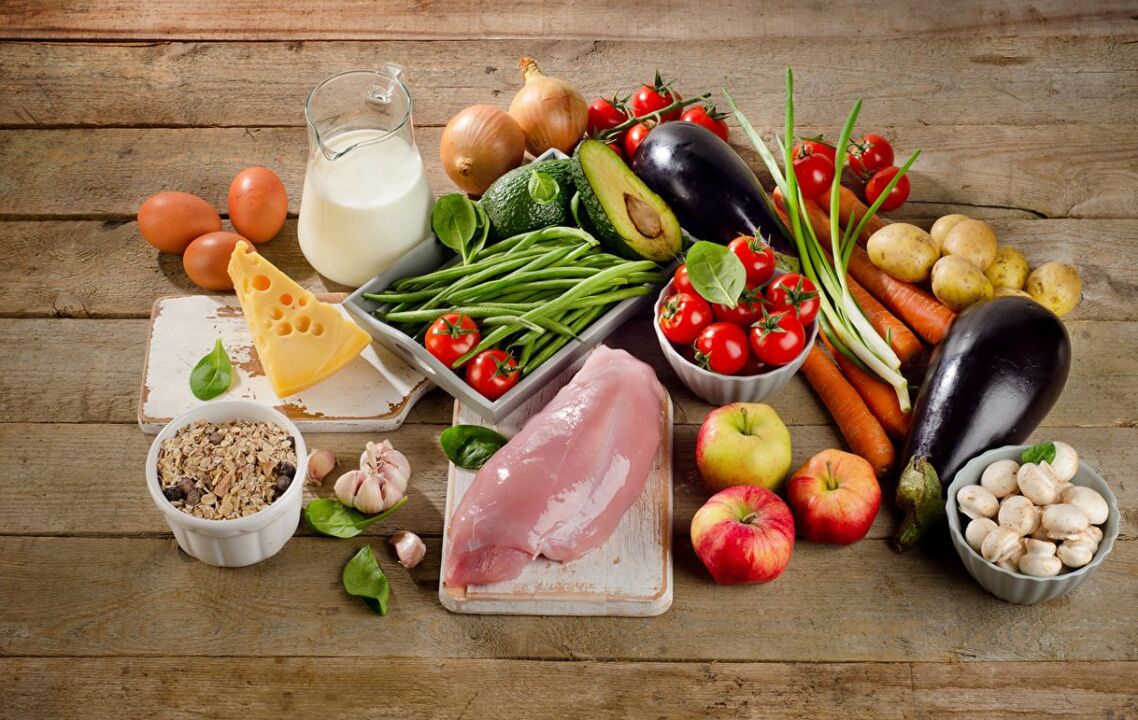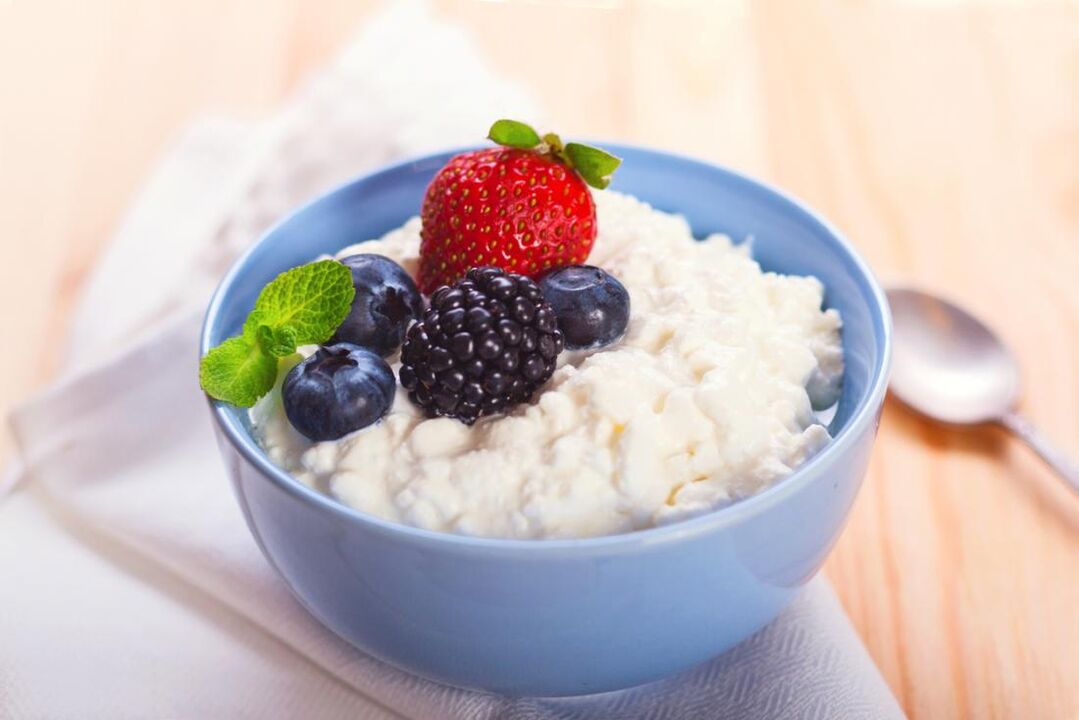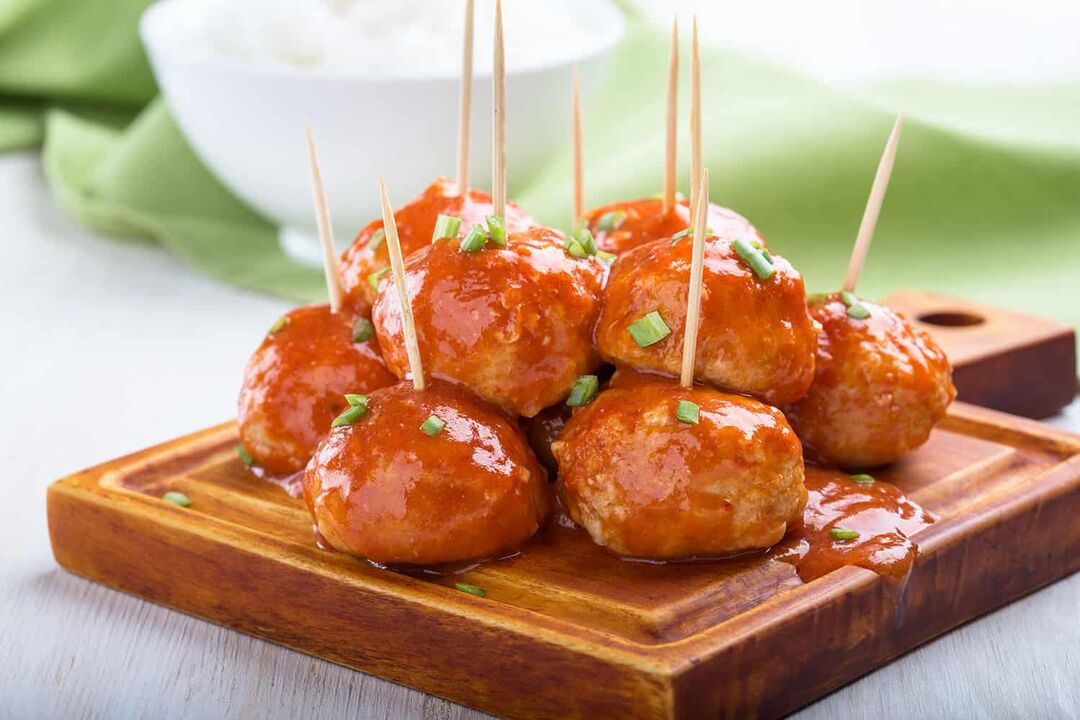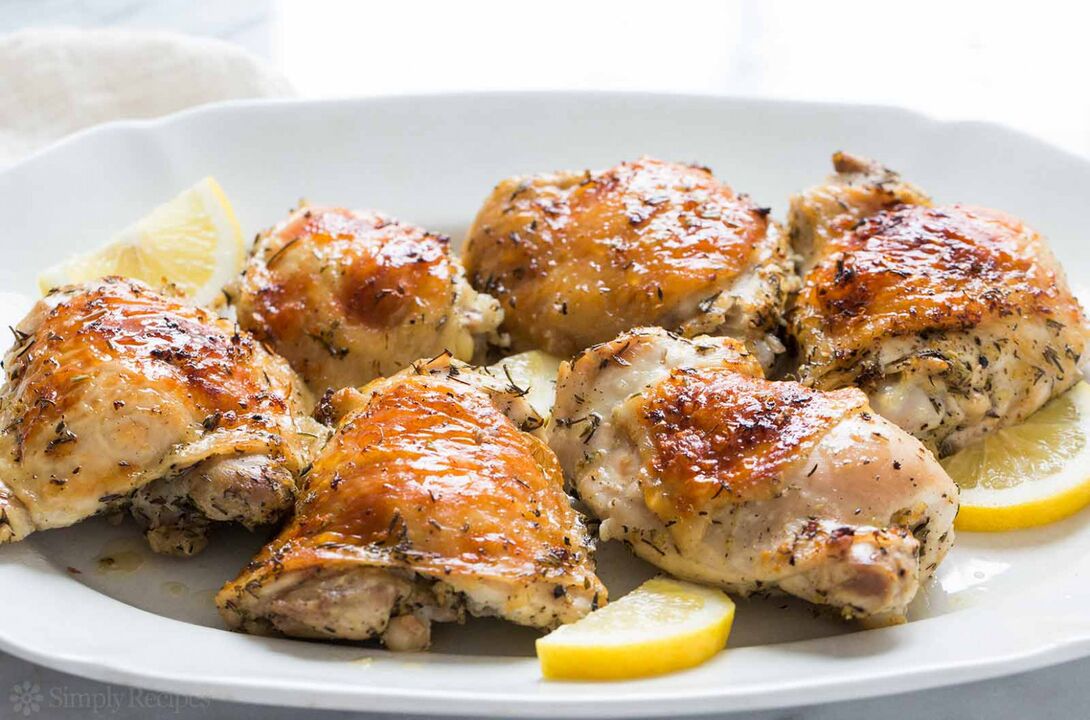A gluten-free diet is a healthy food in which all foods containing gluten are excluded from the diet. This diet is suitable for endocrine and nervous system diseases and gastrointestinal diseases.
Gluten (gluten) is a kind of plant protein (gliadin, gluten) compound, which exists in wheat, oats, rye and other grains.
Who is the diet suitable for?

Using a gluten-free diet is a prerequisite for the treatment of the following diseases:
- Celiac disease;
- Gluten intolerance (severe and atypical forms);
- Irritable bowel syndrome;
- Autism, epilepsy, multiple sclerosis;
- Anemia in children under 3 years of age.
Using gluten-containing foods to treat gastrointestinal diseases and neurological diseases can lead to the following consequences:
- It causes chronic inflammation of the small intestine, which causes pathogenic bacteria and toxins to enter the bloodstream.
- Destroy the balance of intestinal flora, leading to increased growth of pathogenic bacteria.
- Because villi adhere to the wall of the small intestine, it impairs the digestion process, which is designed to digest and assimilate proteins, fats and carbohydrates.
- Since the immune system releases antibodies against gluten molecules, these antibodies not only attack the gastrointestinal tract, but also gluten-like proteins in the thyroid, heart, and nervous system cells, leading to autoimmune diseases. This is why autoimmune thyroiditis, type 1 diabetes, dermatitis, infertility and early menopause occur.
The presence of gluten-containing foods in the diet is manifested by persistent bowel disorders (constipation, diarrhea), flatulence, frequent edema, dental caries, and ulcers and persistent rashes on the oral mucosa.
In most cases, gluten intolerance can lead to iron deficiency anemia, which manifests as persistent fatigue, brittle nails, hair loss, and underweight.
List of allowed and prohibited products
In order to maintain a gluten-free diet, two types of food are excluded from the diet: foods with a large amount of gluten in ingredients (such as wheat bread) and hidden gluten (such as mayonnaise, ketchup, etc. ).
In a gluten-free diet, the following foods are excluded from the diet:
- Cereals, namely wheat, rye, oats, barley;
- Flour products of these grains, including bread, lava, cakes, biscuits, and grain bread;
- Cereals (oatmeal, oatmeal, bulgur, pearl barley);
- The bran of these grains;
- Products containing a small amount of wheat flour in ingredients (bouillon cubes, soy sauce, soba noodles, sausages and canned foods, crab sticks, mayonnaise, tomato sauce, tea bags, yogurt, ice cream);
- Chocolate, jam, caramel;
- Kvass, beer and other alcoholic beverages made from grains;
- Coffee with spices and additives, decaffeinated coffee;
- Products with "gluten traces" due to production, such as instant vinegar, edible starch, semolina, certain types of cheese, dry seasonings and spices, etc.
Due to the hidden gluten in the food, the diet will not be effective, because even if the food contains traces of gluten, the inflammatory process in the intestine will not stop. It is necessary to carefully study the product ingredients on the packaging. Some manufacturers mark their labels as "contains traces of gluten. "
If you follow a gluten-free diet, you can include gluten-free foods in your diet, namely:
- vegetables and fruits;
- Beans, soybeans;
- Buckwheat, sorghum, quinoa, flax, rice;
- Family-produced milk and dairy products;
- Meat and fish
- seafood;
- Vegetable and animal fats;
- Yeast, spices, soy sauce.
Weekly gluten-free diet menu

A sample menu for a week should include 4 or 5 meals every 2-3 hours. A gluten-free diet can include cereals, vegetables, meat and cheese dishes, and fruits and berries can be used as snacks.
on Monday
- Breakfast: cheese, bananas and berries, tea;
- Lunch: buckwheat soup with meatballs, pilaf, tomato salad;
- Afternoon snack: 25 grams of apples and nuts;
- Dinner: chopped vegetable salad.
Tuesday
- Breakfast: rice porridge, soy milk coffee;
- Lunch: broccoli soup, gluten-free pork dumplings;
- Afternoon snack: 5 bananas and almonds;
- Dinner: cottage cheese casserole with berries.
Wednesday
- Breakfast: cheese and banana cheese pancakes, almond milk cocoa;
- Lunch: tomato soup, meatballs in broth, vegetable salad;
- Afternoon snack: 3 oranges, pumpkin seeds;
- Dinner: roast duck, fresh vegetable salad.
Thursday
- Breakfast: omelet with herbs and cheese, tea;
- Lunch: rice soup with meatballs, gluten-free bread, broccoli grilled fish;
- Afternoon snack: 150 grams of raspberries and walnuts;
- Dinner: Cheesecake with banana and sour cream.
Friday
- Breakfast: corn tortillas with mashed banana and candied fruit;
- Lunch: fish soup, vegetable stew, roast chicken with spices;
- Afternoon snack: fruit puree with homemade yogurt;
- Dinner: cottage cheese casserole and berry sauce.
Saturday
- Breakfast: pumpkin porridge, coffee;
- Lunch: borscht, veal cabbage rolls, vegetable salad;
- Afternoon snack: assorted fruits;
- Dinner: cheese and honey.
Sunday
- Breakfast: hummus, carrots and bell peppers, tea;
- Lunch: homemade kefir, fish casserole, salad;
- Afternoon snack: strawberry, black currant, raspberry;
- Dinner: French meat, pepper and tomato salad.
For a child

For children with celiac disease, autism and gastrointestinal diseases, a gluten-free diet is essential. For other indications (such as iron deficiency anemia and other nutrient absorption disorders), a gluten-free diet is prescribed for children under 3 years of age.
Gluten-free food for children is not only healthy, but also delicious, because although many flour products and grains are excluded, children’s diets still retain a lot of vegetables, fruits, meat and fish dishes.
Example of a 3-day children’s menu:
first day
- Breakfast: omelet with porridge, banana;
- Lunch: cheesecake with fruit and candied fruit;
- Lunch: borscht with sour cream and gluten-free croutons, dried fruit candies;
- Afternoon snack: chicken meatballs, fresh vegetable salad;
- Dinner: Homemade honey cake, milk.
Day 2
- Breakfast: sweet rice casserole with banana and strawberry;
- Lunch: homemade noodles, preserves;
- Lunch: buckwheat meatball soup, jelly;
- Afternoon snack: fruit;
- Dinner: cheese with nuts and honey.
Day 3
- Breakfast: millet pumpkin porridge, preserves;
- Lunch: berry jelly, gluten-free muffins;
- Lunch: broccoli, zucchini and potatoes with herb soup, stew, apples;
- Afternoon snack: cottage cheese casserole with oranges and candied fruit;
- Dinner: minced meat rice balls, homemade tomato juice.
During a gluten-free diet, an important condition for the proper digestion and movement of food through the gastrointestinal tract is the use of plant fiber from fruits, vegetables and grains.
Slimming
Losing weight on a gluten-free diet is achieved by removing fast carbohydrates that contain gluten from the diet. In this case, it is necessary to consider the calorie content of the product.
A gluten-free diet helps to lose 2-3 kg of body weight per week, provided that the optimal daily calorie intake is the best, there is no overeating, and the following principles are observed:
- Eat food 4 times a day, no snacks;
- Drink 1. 5-2 liters of water every day;
- Sufficient fresh vegetables and dairy products;
- Limit the use of grains to 200 grams per day (raw), and limit the use of high-calorie nuts to 25 grams;
- Eliminate the use of sugar, pure fructose, and any sugar substitutes, as all these products will increase appetite;
- Do not eat 3 hours before going to bed.
After finishing the diet, limit the use of baked goods, candies, and sugary sodas, because sugar and white flour can cause rapid weight gain.
Delicious recipes

The gluten-free food menu usually includes meat, vegetables, and dairy products. To expand your diet, you can use gluten-free recipes and baked goods that use a variety of gluten-free flours.
Chicken breast meatballs with mashed potatoes
Cooking requires 1-2 chicken breasts, salt, black pepper, frying oil, 0. 5 kilograms of potatoes, and 50 grams of seasoned sour cream.
Peel the potatoes, add water and salt, and cook until soft. At this time, the breast should be washed, cut into thin slices through the fiber, pat on both sides, and sprinkle with salt and pepper.
Pour out the water in the pot with the potatoes, add sour cream, and puree with a blender. Put the mashed potatoes on a plate, sprinkle with dill, and start cooking the ribs.
Add butter to the hot frying pan and fry the ribs on both sides for 2-4 minutes. However, it is important not to let the meat dry out, as the ribs will become dry and hard.
The chicken meatballs are placed in the side dishes and served immediately after cooking.
Rice noodle sponge cake in a slow cooker
To prepare a biscuit, you need 6 eggs, 180 grams of sugar, 150 grams of rice flour, vanillin, lemon zest, butter or vegetable oil to lubricate.
First, you need to separate the egg whites from the egg yolks. Beat the egg yolks vigorously with sugar and vanilla for 4-5 minutes, until the sugar dissolves and the volume of the mixture doubles. Then, in a separate bowl, beat the whites into dense foam for 8-10 minutes. After that, add the lemon zest and rice noodles to the egg yolks and mix them thoroughly with a spoon. Gradually, protein is introduced into the dough until the clumps become uniform.
Oil a bowl for a multi-cooker, pour the dough and put it in baking mode for 40-50 minutes, depending on the model of the multi-cooker. Use a match to check the preparation of the biscuits.
Gluten-Free Tortilla Muffins
To make muffins, 170 grams of corn flour, 90 grams of cornstarch, three eggs, 100 milliliters of milk, 100 grams of butter, 150 grams of sugar, one tablespoon of baking powder and vanillin are required.
First you need to mix the dry ingredients: flour, starch, baking powder. Next, in a separate bowl, you need to beat the eggs, sugar and vanillin until the sugar dissolves and foam appears, add the softened butter, hot milk and stir again. Next, you should mix all the ingredients until smooth and pour them into the mold.
The muffins are baked in a preheated oven at 180 degrees for 20 minutes.
To make a gluten-free diet effective, you must completely eliminate prohibited foods and adhere to the dietary principles throughout your life.














































































